A Beginner’s Guide to Winter Indoor Gardening with Hydroponics
/Winter gardening often feels like an uphill battle. Shorter days, unpredictable weather, and freezing temperatures can leave even the most dedicated gardeners feeling limited in their options. Traditional outdoor gardening during the cold season demands careful planning, the right tools, and often a considerable investment in cold-weather infrastructure like greenhouses or row covers. For many growers, it’s just not feasible—but that doesn’t mean you have to give up on harvesting fresh, homegrown produce.
Enter hydroponic gardening, a soilless method of growing food using nutrient-infused water. Hydroponics offers a sustainable, low-cost and space-efficient solution –no wonder that it’s gaining popularity among gardeners of all skill levels. By growing plants in water instead of soil, hydroponics eliminates many of the hurdles associated with traditional gardening. You won’t need an expansive garden plot or have to deal with frozen ground. Hydroponic gardening is an approach that enables you to grow a thriving garden indoors, regardless of what the weather outside may bring.
If you’re new to hydroponic gardening, the “Kratky method” is a great place to get started. It’s often touted as the simplest and most cost-efficient way to dive into hydroponics. This low-maintenance, soilless system requires no pumps, electricity, or complicated setups. It’s a "set it and forget it" approach that can transform your winter gardening experience, allowing you to grow everything from leafy greens to fresh herbs right in the comfort of your own home.
A Brief History of Hydroponic Gardening
The roots of hydroponic gardening stretch back thousands of years, with ancient civilizations laying the groundwork for this unusual approach to agriculture. One of the most famous examples is the Hanging Gardens of Babylon, considered to be one of the Seven Wonders of the Ancient World. While historians debate the exact methods used, many speculate that the gardens relied on advanced irrigation techniques to deliver water to plants growing without traditional soil. Similarly, the Aztecs developed chinampas, small floating agricultural plots constructed on shallow lake beds. Constructing chinampas allowed the Aztecs to cultivate crops in nutrient-rich water, and demonstrated a deep understanding of soilless farming.
Fast forward to today, and hydroponics has transformed from ancient ingenuity to cutting-edge agricultural science. Advances in chemistry, botany, and engineering throughout the 20th century have made it possible to refine these ancient concepts into highly efficient modern growing systems. Techniques like nutrient film technology and aeroponics offer sustainable ways to grow food in areas with poor soil quality or limited space. Today, hydroponics not only connects us to the past but also positions itself as a vital solution for a sustainable future, helping us combat food insecurity and reduce the environmental footprint of traditional farming.
Advantages of Hydroponic Over In-Ground Gardening
Hydroponic gardening has several advantages over in-ground gardening, and avoiding some of the weather-and soil-related problems that can accompany traditional gardening methods is just one advantage. Here are four others:
Hydroponic Gardens Use Resources More Efficiently
One of the biggest advantages of hydroponic gardening is its efficient use of resources, especially water and space. In contrast to in-ground gardening, hydroponics uses up to 90% less water, thanks to its closed-loop systems, which recycle nutrients and minimize waste. This makes it an excellent choice for desert regions or areas facing water scarcity. Aside from this benefit, hydroponics maximizes space, making it ideal for urban gardeners or anyone with limited outdoor areas. You can grow an impressive variety of plants on a small balcony, a countertop, or even using vertical garden setups, including enough food to fill the needs of a household of four, with careful planning and minimal maintenance.
Hydroponic Plants Grow Faster and More Reliably
Another key benefit of hydroponic gardening is faster and more reliable plant growth. In hydroponic systems, plants receive optimal levels of nutrients, light, and water, all of which can be controlled to promote faster growth rates. Many gardeners report harvesting vegetables weeks earlier than with traditional methods. Since hydroponic gardening can be done indoors, it allows for year-round food production, which means you won’t be limited by the seasons or the quality of your outdoor soil.
Hydroponics Offers Eco-Friendly Benefits
If you’re sustainability-oriented, you’ll be pleased to know that hydroponics offers several eco-friendly benefits. With no soil involved, there's no risk of soil erosion (you can use your outdoor garden to grow cover crops or pollinator-friendly plants). Without soil you can also avoid the majority of pest problems that plague even the most experienced gardeners. Fewer pests mean you can avoid using harmful pesticides. In fact, I don’t use pesticides at all in my indoor hydroponic garden, and never have! Hydroponic gardening can also be used to support local food production, reducing the need for long-distance transportation with its associated carbon emissions. Although it is not completely without environmental impacts, hydroponics offers a sustainable solution to growing food that aligns with modern efforts to reduce our ecological footprint.
Hydroponics is Cleaner and Lower Maintenance
Aside from the potential for spilling nutrient-infused water or making mistakes that can cause your plants to wilt or rot, hydroponic gardening is generally cleaner and much lower maintenance than in-ground gardening. Without soil, there’s no mess to deal with, and the systems are easier to monitor for plant health. By checking water levels and nutrient balance on a regular — though not necessarily daily — basis, you can quickly address any issues that may arise. It’s gardening made simple and efficient!
Types of Hydroponic Gardening
There are two basic types of hydroponic gardening systems: active and passive. Each of these caters to different levels of experience and maintenance preferences. Whether you’re looking for high-tech efficiency or simple, low-maintenance solutions, there’s a system to match your needs. Active hydroponic systems use pumps and other mechanical components to circulate nutrient-rich water to the plants, ensuring constant access to essential nutrients.
Active Hydroponic Systems
NFT
The Nutrient Film Technique (NFT) is one popular choice among active systems. In NFT systems, a thin film of water flows through channels, keeping plant roots hydrated while allowing them to absorb oxygen. This efficient system works well for small, fast-growing plants like lettuce and herbs.
Aeroponics
Another innovative method is aeroponics, which involves misting plant roots with nutrient solutions, providing them with maximum oxygen exposure. However, this isn’t a beginner-friendly technique: while aeroponics can yield impressive growth rates, it requires precise equipment and maintenance.
Deep Water Culture (DWC)
A Deep Water Culture (DWC) system suspends plant roots in a reservoir of oxygenated, nutrient-rich water, making it a beginner-friendly option that promotes fast growth with minimal soil-like mess. Many countertop hydroponic systems use this technique.
Passive Hydroponic Systems
Passive hydroponic systems rely on capillary action or gravity to deliver nutrients to the plants, eliminating the need for pumps or electricity. These are among the most beginner-friendly techniques for hydroponic gardening and require minimal equipment to get started.
The Kratky method
The Kratky method is incredibly simple and perfect for beginners. In this system, plants are placed in a container with their roots partially submerged in a nutrient solution, which they absorb as needed. Space is left between the top of the roots and the nutrient solution, allowing the plant to absorb oxygenated air and avoid problems like root rot. This low-maintenance system requires minimal setup. The Kratky method is especially appealing for small-scale gardeners or growers with limited time. Surprisingly, plants grown using this set-it-and-forget-it method are as abundant and healthy as those grown using any of the active methods noted above. Let’s take a closer look.
The Kratky Method: A Beginner’s Guide
The Kratky method is a simple, passive hydroponic growing technique that’s perfect for beginners. Unlike more complex systems, it doesn’t require electricity, pumps, or aeration, making it a system that can even be used when your power goes out, as long as you can access a source of light. The concept is straightforward: plants are suspended above a nutrient-rich water solution, and their roots grow downward to access both the nutrients and oxygen. As the plants absorb water and nutrients, the water level drops, creating an air gap that allows the roots to breathe without additional aeration. This “set it and forget it” approach is what makes the Kratky method appealing to so many hydroponic gardeners.
The Kratky method is especially well-suited for growing leafy greens, herbs, and smaller plants that thrive in compact spaces. You can also grow some flowering plants like tomatoes in a Kratky system; just be warned that growing flowering fruits and vegetables using this method involves a bit more advanced knowledge of the plant’s particular growing conditions and needs.
Setting up a Kratky system is easy and requires just 5-6 basic materials. You’ll need a container to hold the nutrient solution (you’ll drill holes into the top of the container), net pots to suspend the plants (or even a plastic cup with holes cut into the bottom), an inert growing medium like clay pebbles, perlite, or rock wool, seeds, a water-soluble nutrient solution, and (if you’re growing indoors) a grow light for when your seedlings emerge. To get started, fill the container with the solution and position the net pots so that the plant roots can access the water. Place the setup in a spot with sufficient light, or use grow lights if you’re growing indoors. To ensure success, monitor the nutrient balance and water levels periodically, and keep the temperature stable for optimal growth. With these simple steps, you can enjoy a thriving indoor garden with minimal effort.
Tips for Growing Food in Winter Using the Kratky Method
Choose your plants wisely
The key to success in growing food throughout the winter months lies in selecting crops that thrive in cooler temperatures and indoor environments. Leafy greens like lettuce, spinach, and kale are excellent choices for the Kratky method, as they grow quickly and require minimal space. Herbs such as basil, cilantro, and parsley also do well in a Kratky setup, providing a steady supply of fresh flavor for your winter meals.
Adjust for Lighting Needs
Since natural sunlight is limited during winter months, adjusting lighting is essential for healthy plant growth. Position your Kratky system near a sunny window, if possible, but be prepared to use grow lights. Full spectrum LED grow lights with a red and blue wave spectrum are energy-efficient and can mimic the natural light spectrum needed for photosynthesis. Look for lights with a high PAR (photosynthetically active radiation) level between 800-900µmols/m²/second (the amount of light per square meter per second). Aim for 12 to 16 hours of light per day, depending on the crop, to keep your plants thriving throughout the cold season.
Monitor temperature, humidity, and nutrient levels
Maintaining the right temperature and humidity levels is also critical for winter gardening. Most leafy greens and herbs prefer temperatures between 65°F and 75°F (18°C to 24°C), so keep your growing area within this range. You can use a small fan or dehumidifier to prevent excess humidity, which can lead to mold or fungal growth. You can also add a teaspoon per gallon (3ml per liter) of food-grade hydrogen peroxide to your nutrient solution to prevent algae.
Be sure to monitor the nutrient solution in your Kratky system regularly, ensuring that the water level remains sufficient and replenishing it as needed. Some Kratky growers say that changing out the nutrient solution every two weeks produced the healthiest and most robust growth.
EC (Electrical Conductivity) and pH levels are also key to healthy and sustained growth in a Kratky system. EC refers to the amount of salts that are dissolved in a solution, while pH measures the level of alkalinity or acidity of your nutrient solution, which affects the plant’s ability to take up nutrients. These levels can vary depending on the plant: pH needs can range from 5.5-7.5, while EC needs can range from 0.8-5.0: look up the numbers to find out what your plants require.
Although you can enjoy plants grown without using this equipment, making this extra investment in your Kratky system will allow you to achieve the best results. If your aim is to grow enough food to reduce your grocery bill, you can achieve this with a modest outlay for these extra expenses, which will pay off in the abundance of fresh, pesticide-free, home-grown food you’ll be able to enjoy within a month or two.
Why Hydroponics Is the Future of Sustainable Winter Gardening
Hydroponic gardening offers a practical and sustainable solution for growing food year-round, even during the coldest months of the year. By conserving water, eliminating the need for soil, and enabling space-efficient indoor gardening, hydroponics addresses many of the challenges associated with traditional gardening in winter. The Kratky method stands out as one of the best beginner-friendly approaches, requiring minimal investment, no electricity, and hardly any maintenance, making it accessible to almost anyone who wants to grow fresh produce at home.
If you’ve ever felt limited by seasonal weather or lacked outdoor gardening space, now is the perfect time to give the Kratky method a try. It’s an easy, low-stress way to start your journey into hydroponic gardening and enjoy the satisfaction of harvesting your own pesticide-free produce throughout the winter. Whether you’re a seasoned gardener or a complete novice, the Kratky method offers a simple way to keep your gardening passion alive while reaping the benefits of fresh, homegrown food.
************
If you’ve enjoyed reading this article, I’d love to hear from you! Have you tried hydroponic gardening or are you curious to get started? Share your experiences, tips, or ask me questions in the comments below. (Just remember, your comments can’t contain any links.)












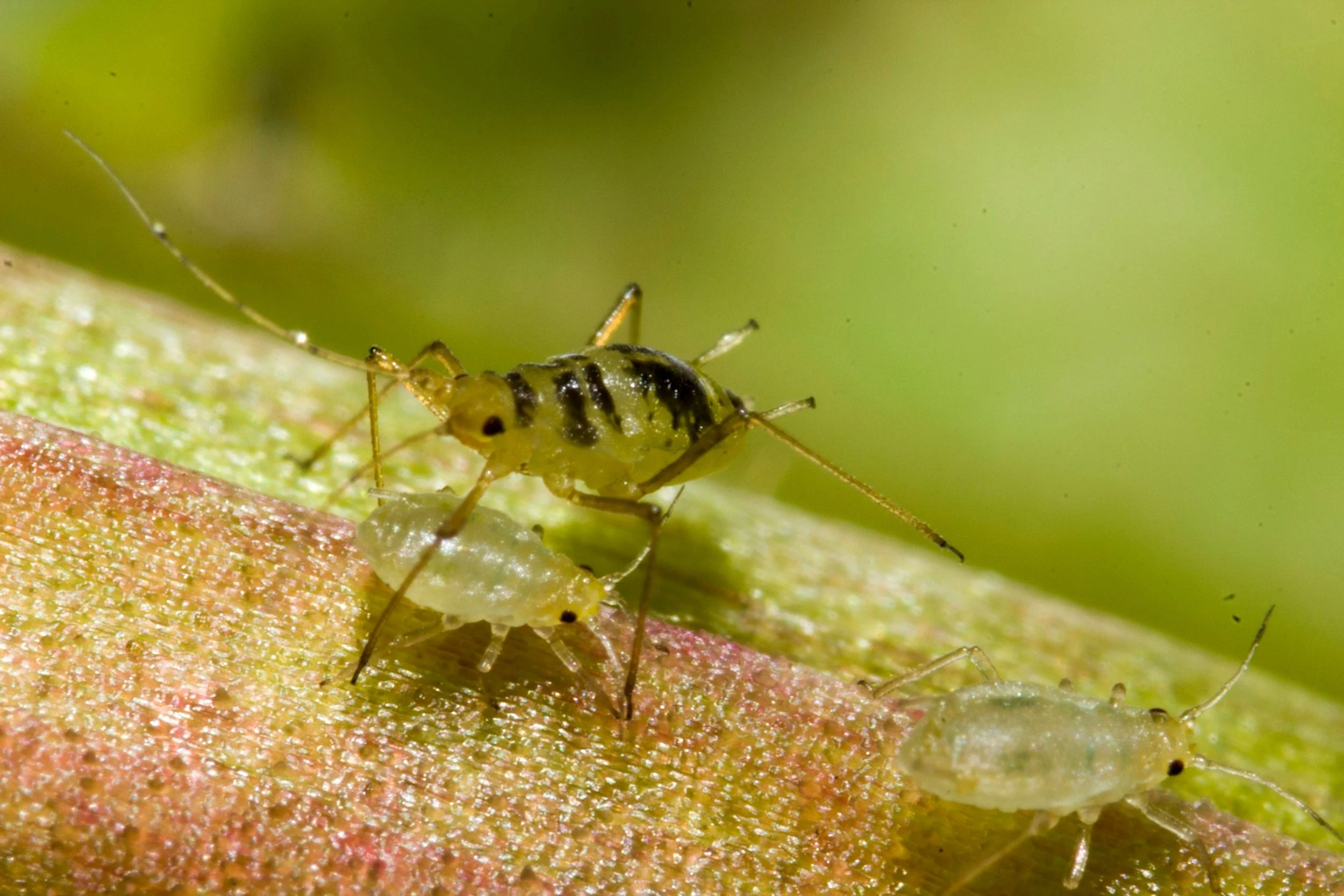


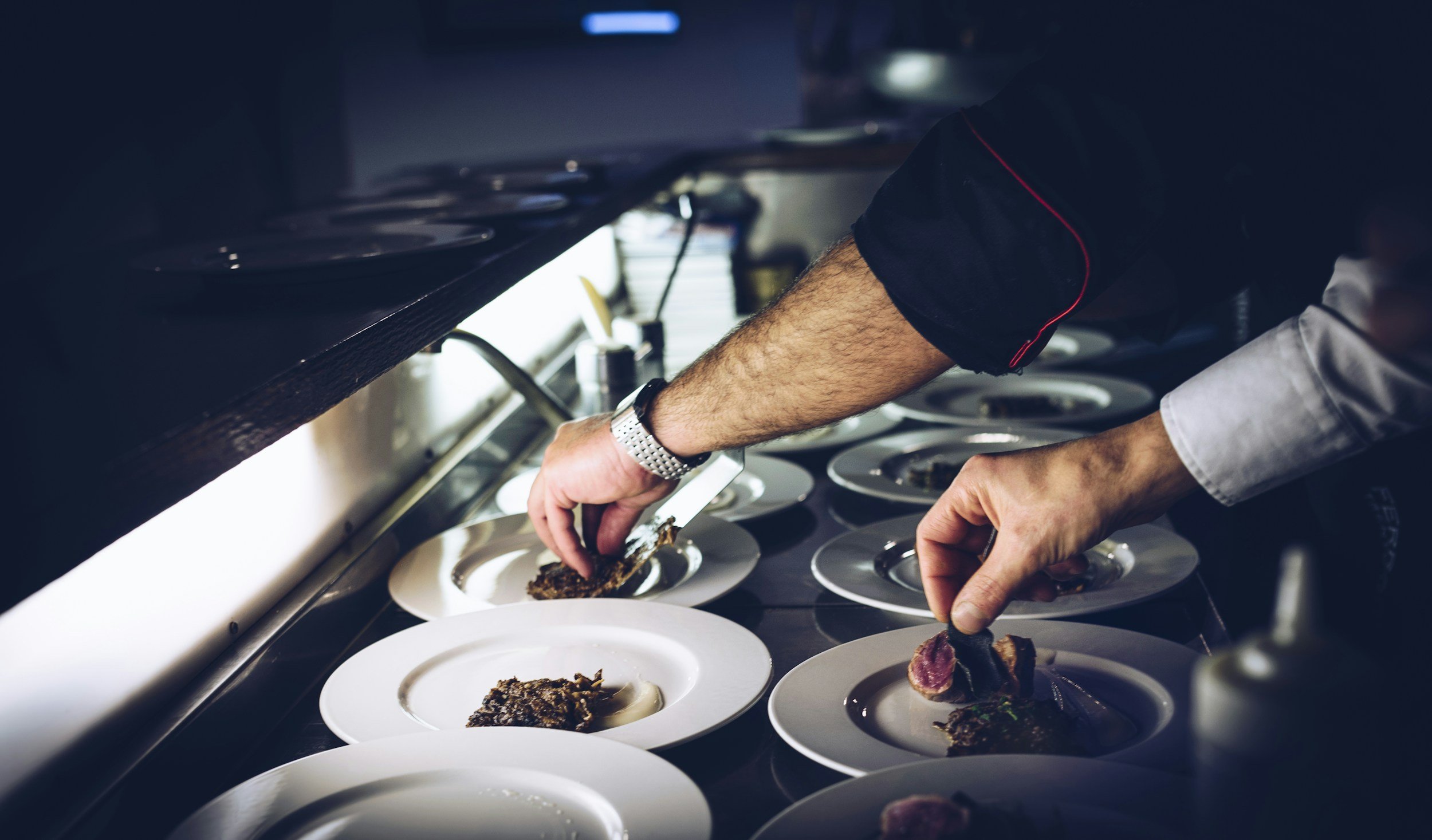




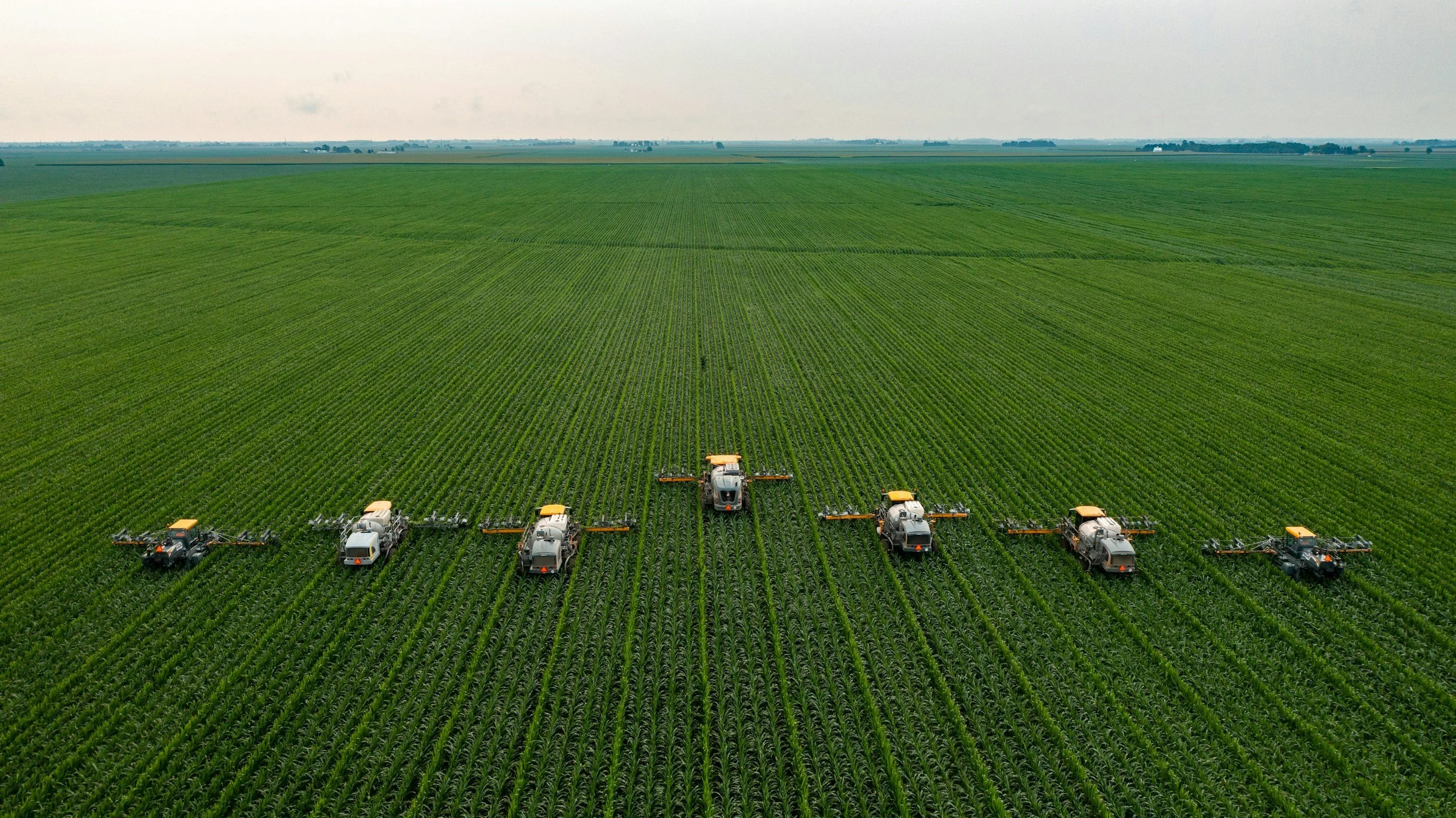

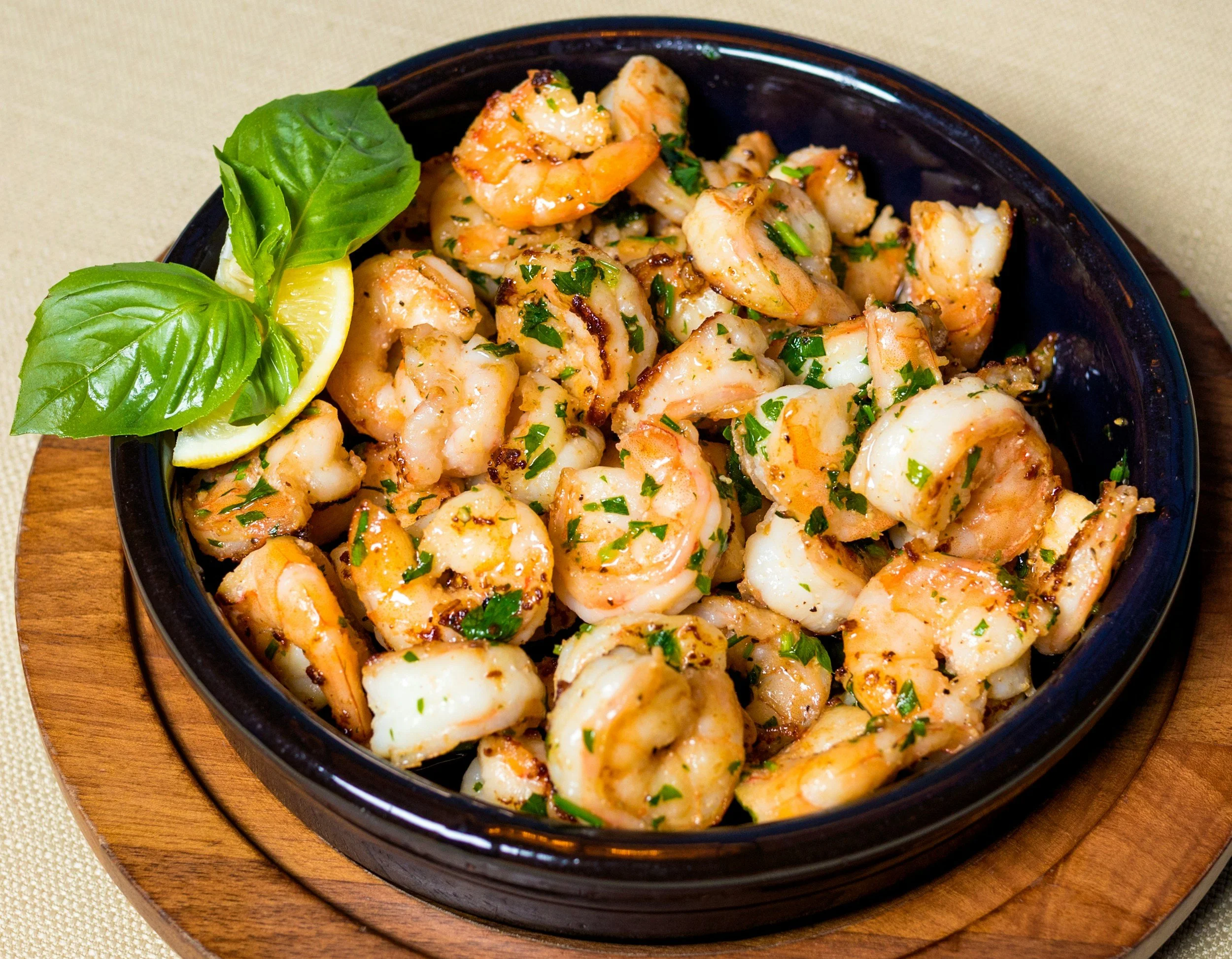













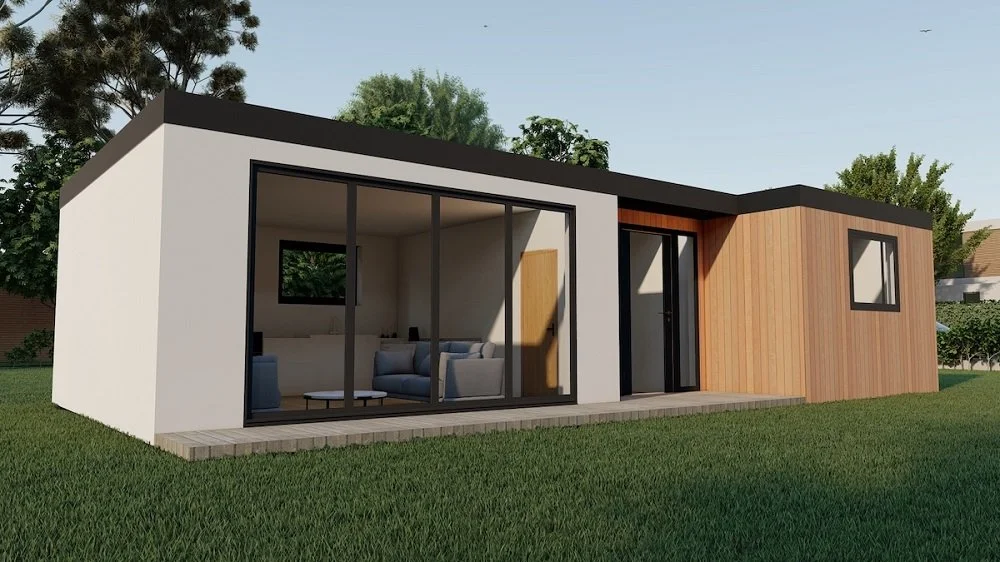





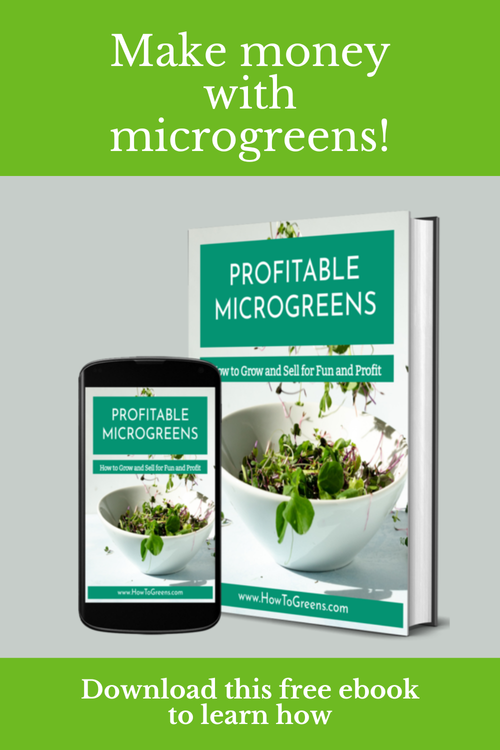
If you’re anything like me, you’re eagerly anticipating the start of the spring planting season. Normally I’m out in the cold tending to the half-frozen plants in my raised beds and unheated greenhouse, but this year I decided to start a Kratky hydroponic growing system indoors in my basement. The Kratky system is one of the best ways to grow indoors during the cold season, and it’s a great method for beginners and for those who don’t have a lot of resources to spend on gardening. With a few simple tools you can grow a lot of food inside your home, garage, or shed, and best of all, you don’t have to deal with most of the problems that gardeners face when growing plants outdoors, including pests and unpredictable weather conditions.